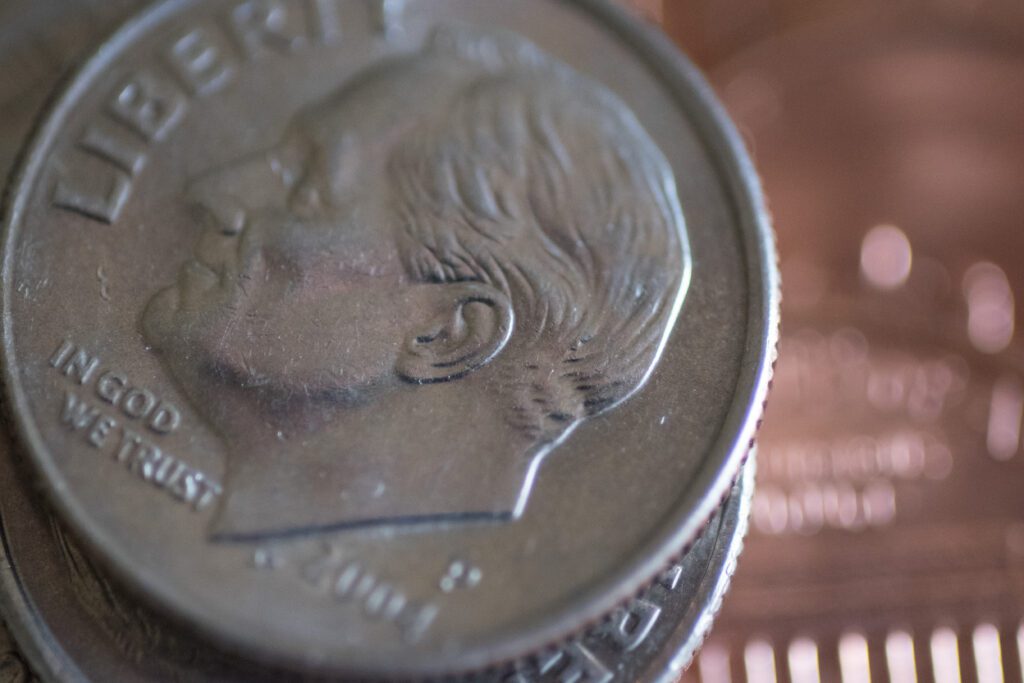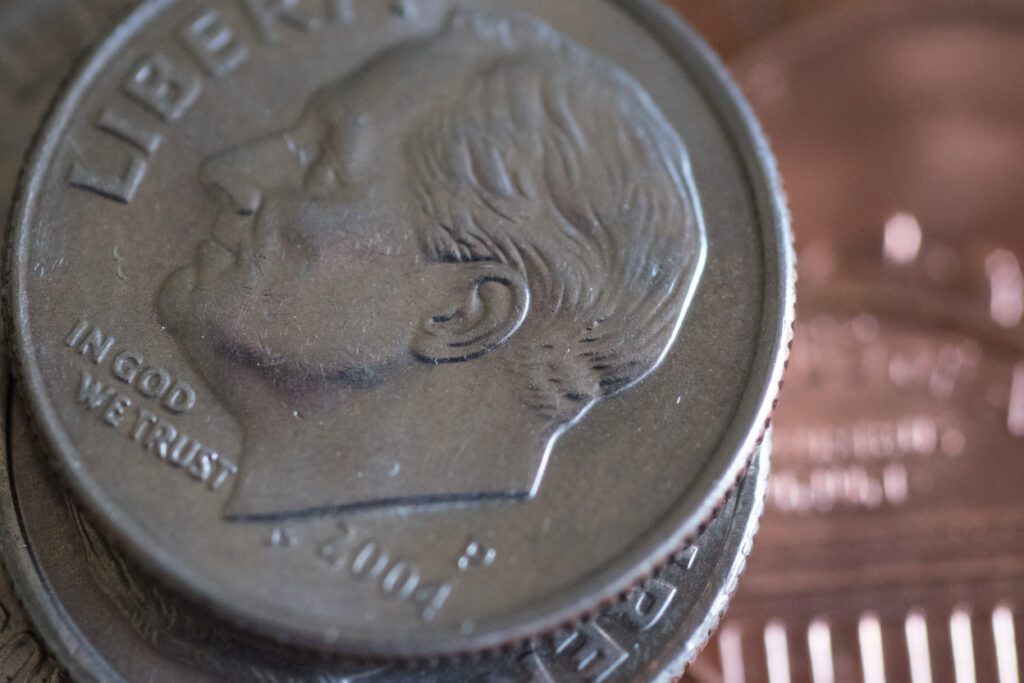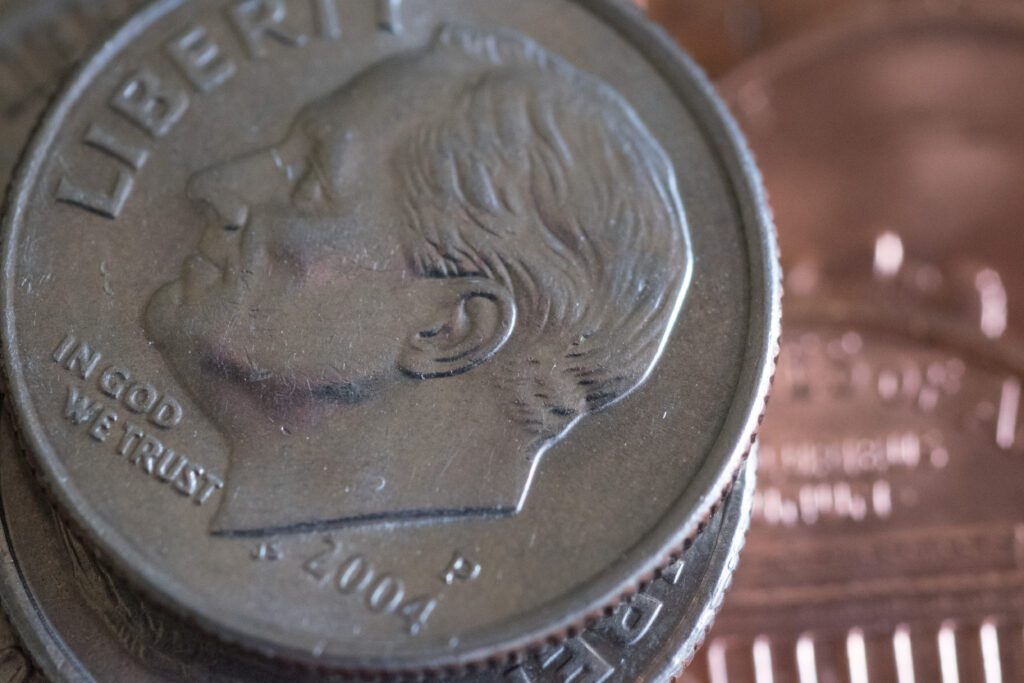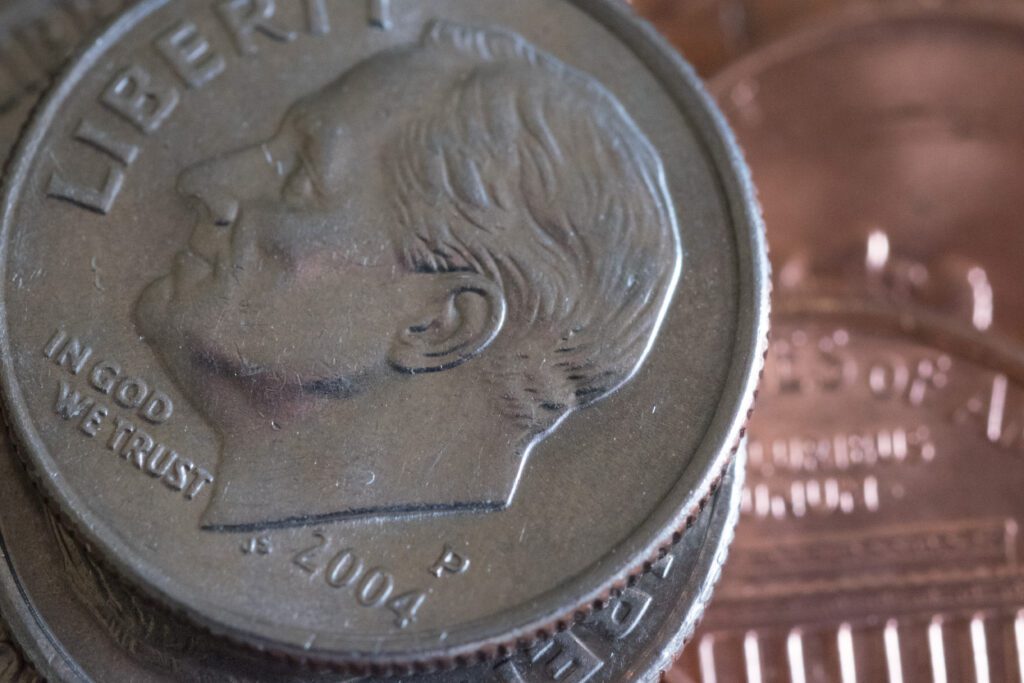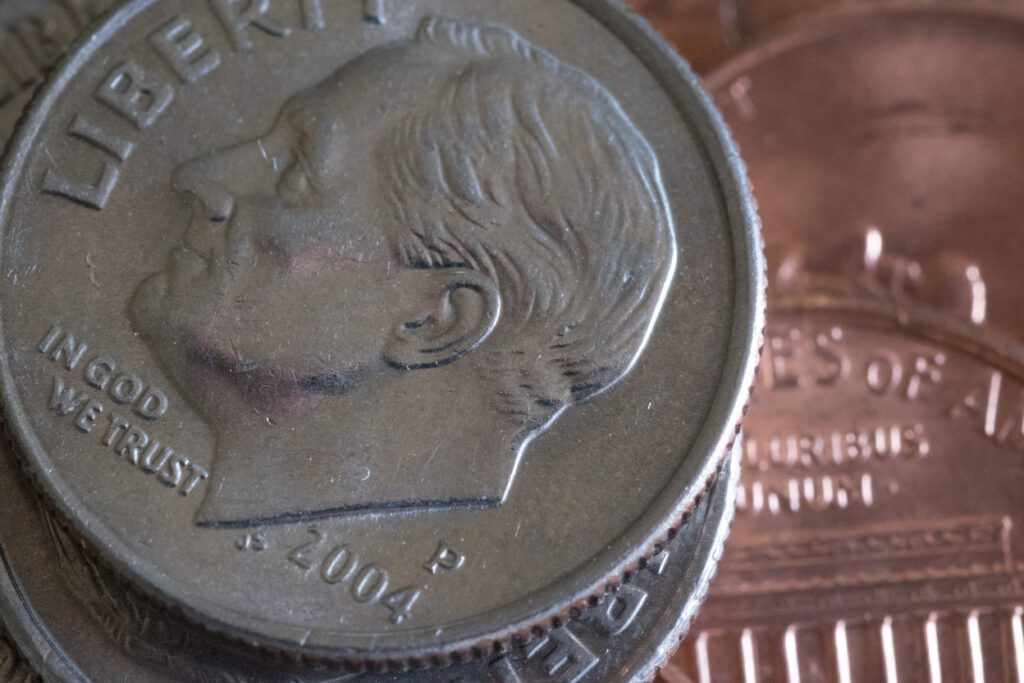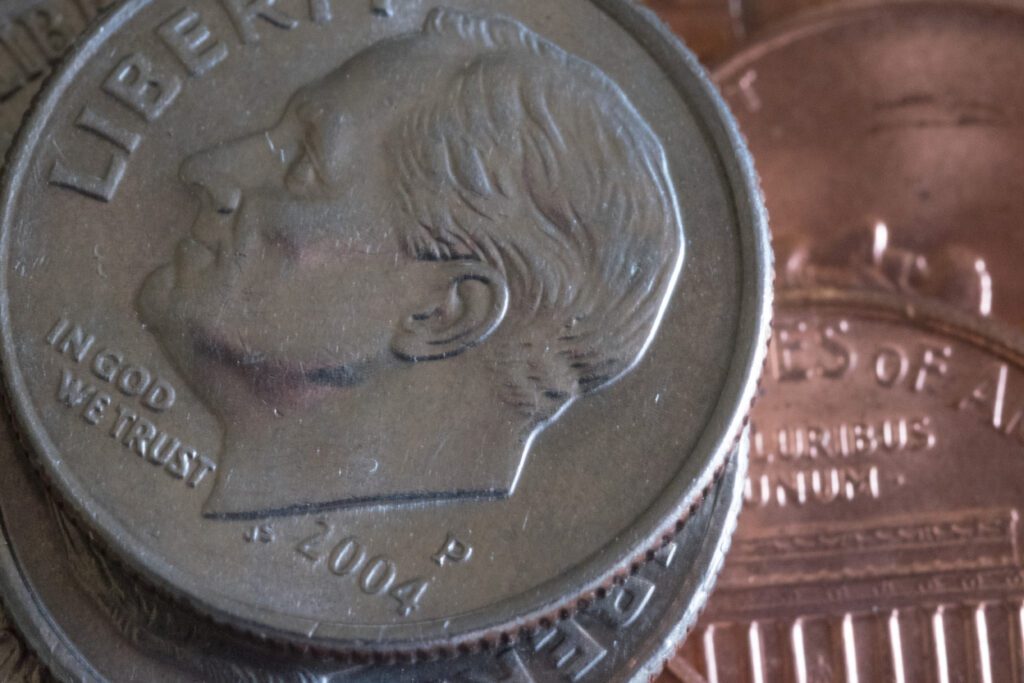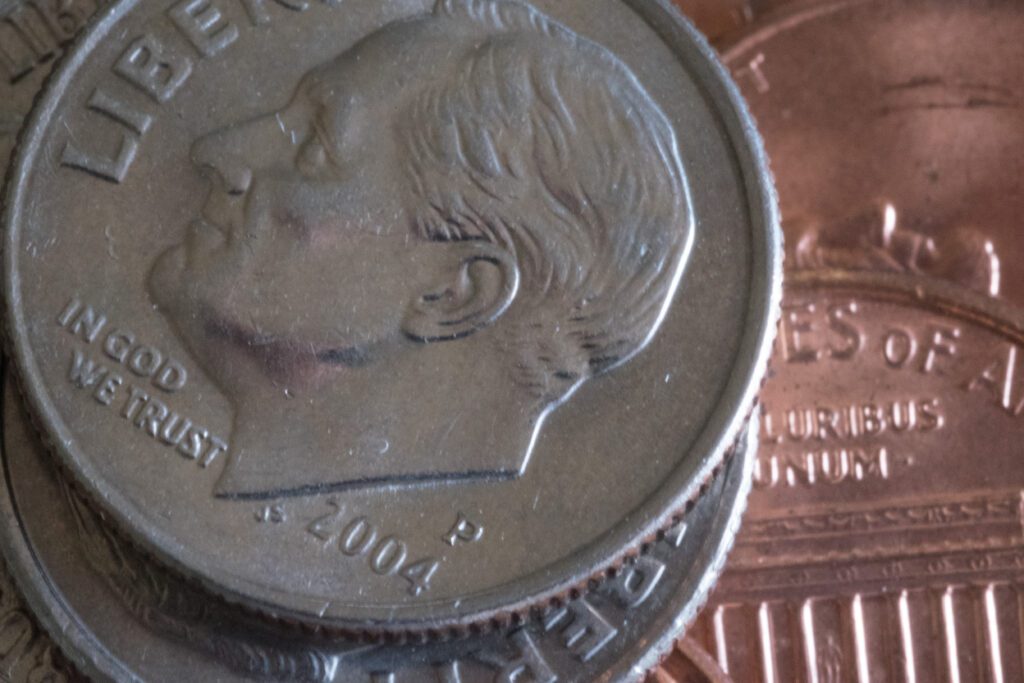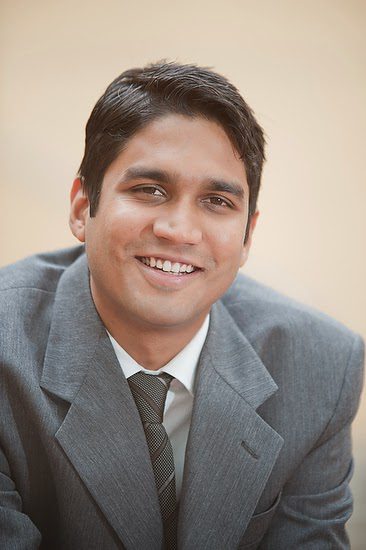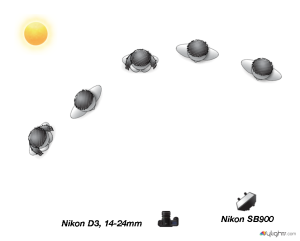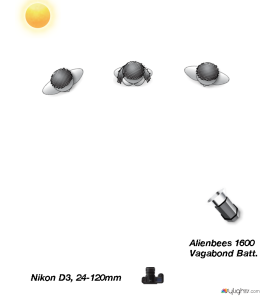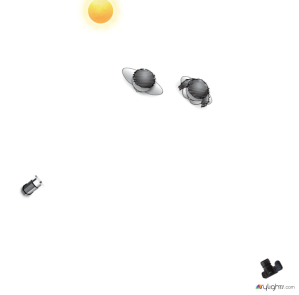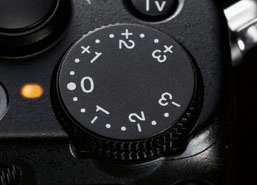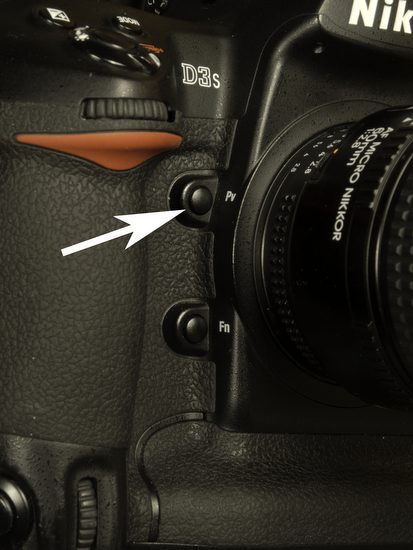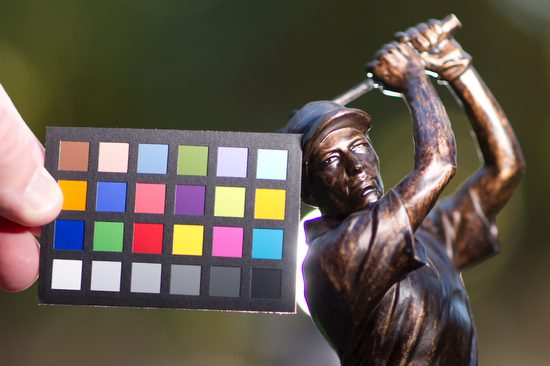When you first think of ƒ/9 you might think of the photo above where you can see from the lady to the sign behind her that most of photo is in focus, but that the far background of the building is out of focus.
I have written on this topic before in a different way and even created a video on it. Here is that link.
This is a little different perspective on the topic using the new Fujifilm X-E2.
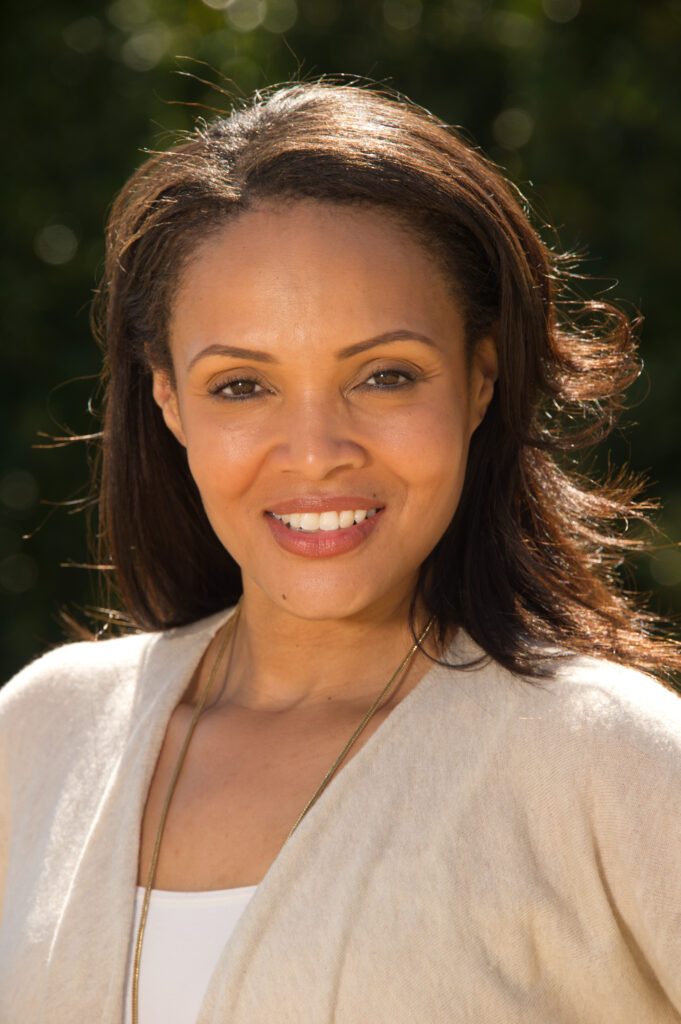
Now in this photo here you might not realize it too is shot at ƒ/9. Two things helps with the silky Bokeh in the background. First, I am now shooting at 30mm verses 100mm at ƒ/9 and second the background is far enough in the background that it is out of focus. It is about 100 ft from here.
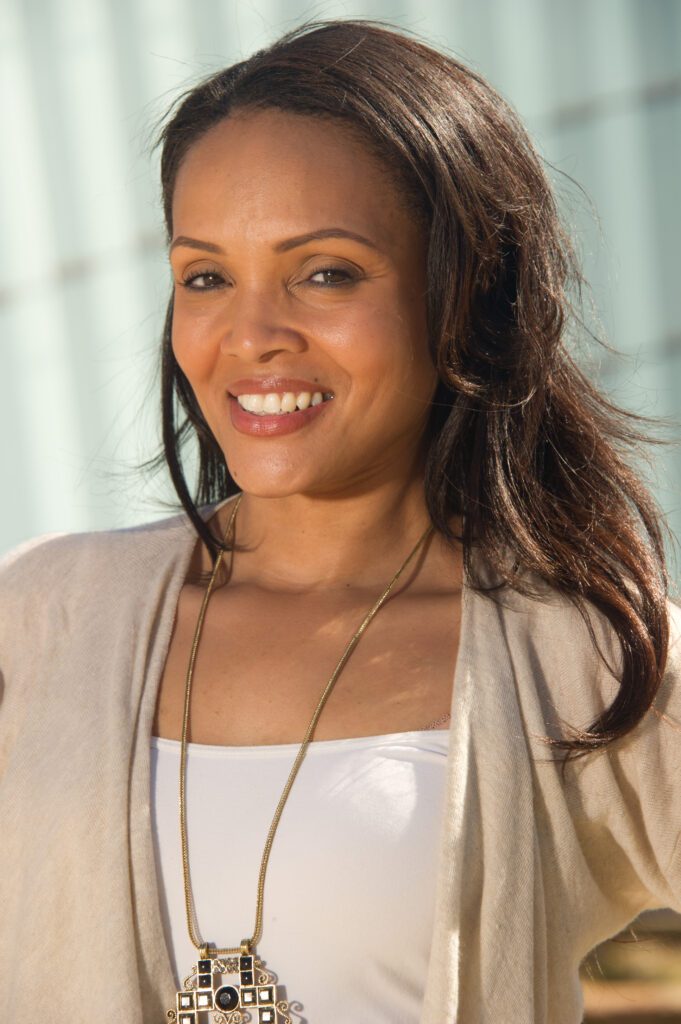
In this photo she is standing not too far from where she was in the first photo. However the shallow depth-of-field is helped by the distance from the building, the 150mm focal length.
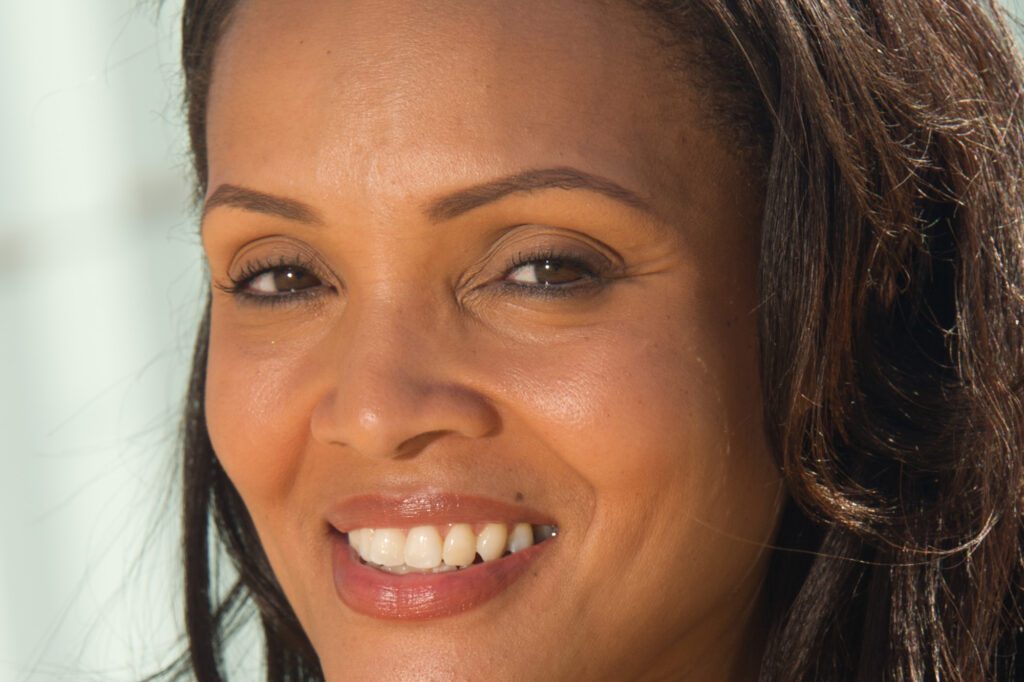
Now when you enlarge the photo you will see the eye closest to the camera is tact sharp. But the next eye is ever so slightly soft, but by her hair by her ear we are out of focus. Things that affect the Bokeh of the background in photos
- ƒ-stop: The wider the aperture with everything else the same, then the depth-of-field becomes shallow
- Distance to Subject: The closer you are to your subject the shallower the depth-of-field will be.
- Subject distance to background: The greater this distance the more likely the smoother look of the Bokeh
Fujifilm X-E2 with Nikon 85mm ƒ/1.4 using the Nikon G AFS lens to Fujifilm Fuji X-Pro1 X-E1 Adapter Aperture Control Ring to connect the Nikon lenses to the Fujifilm camera
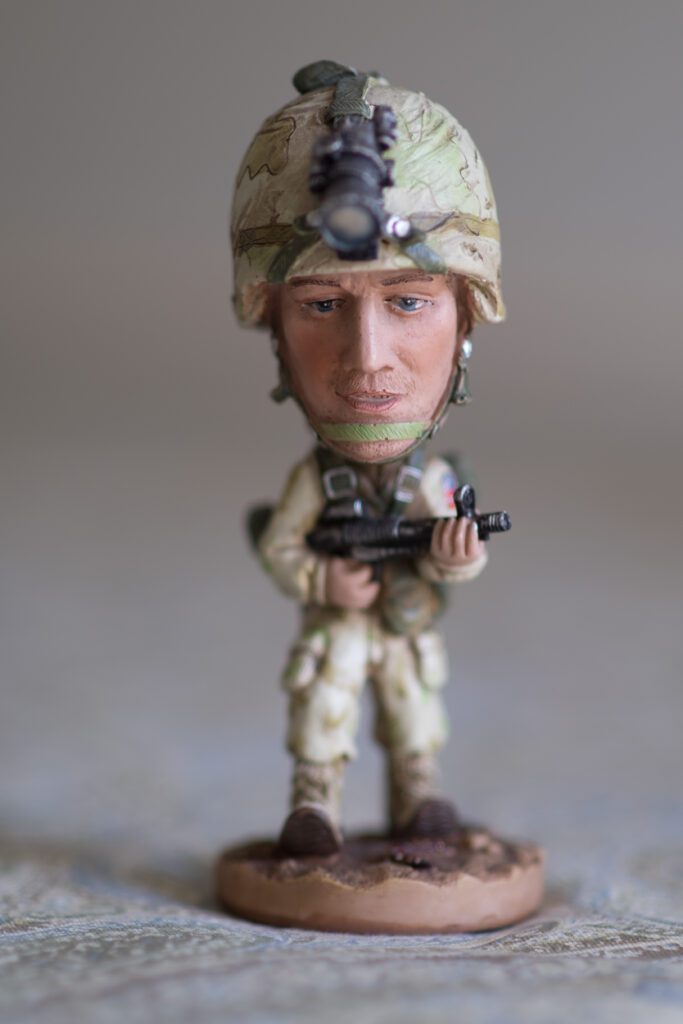
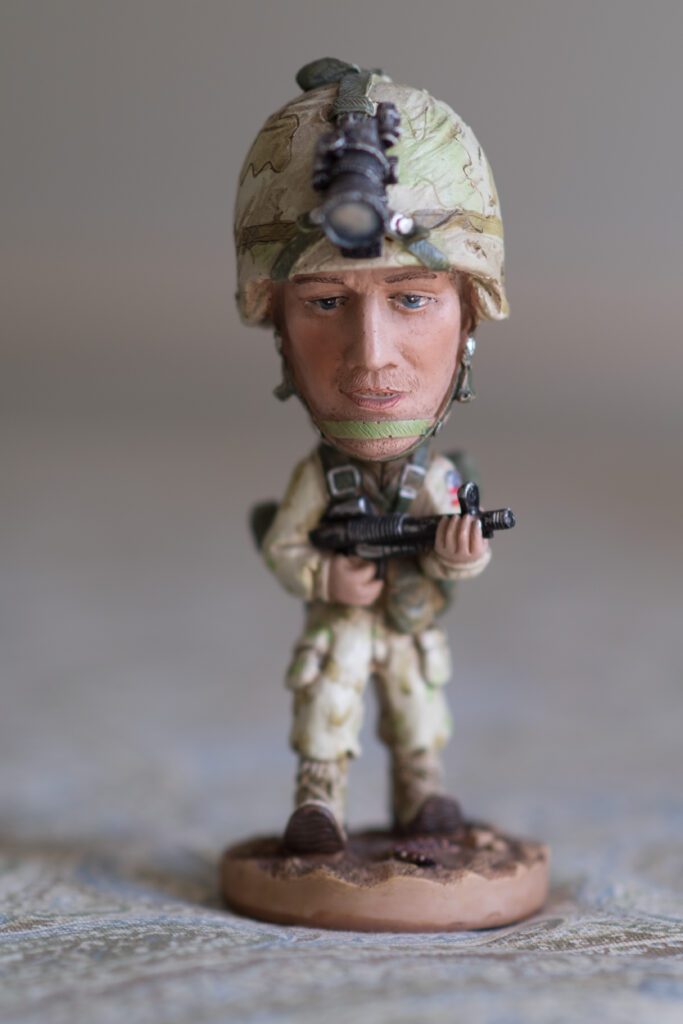
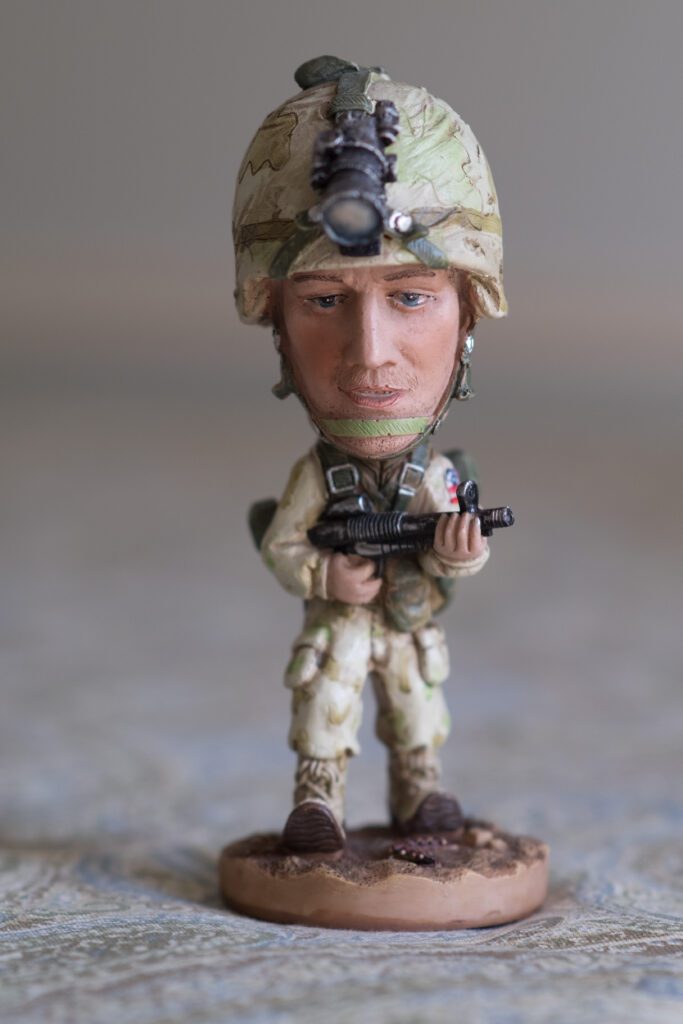
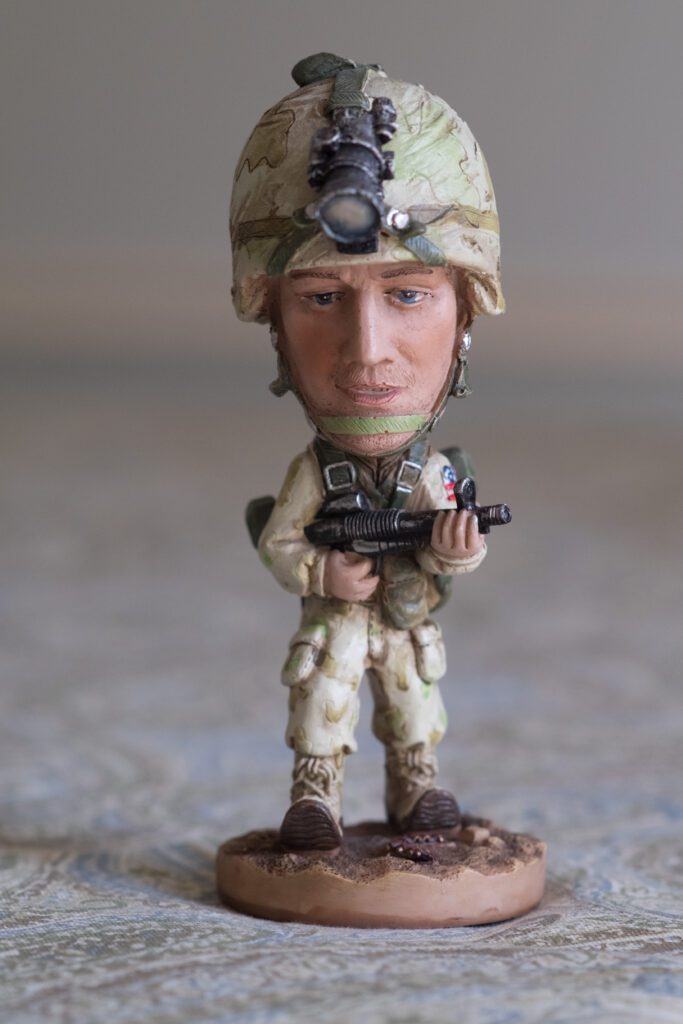
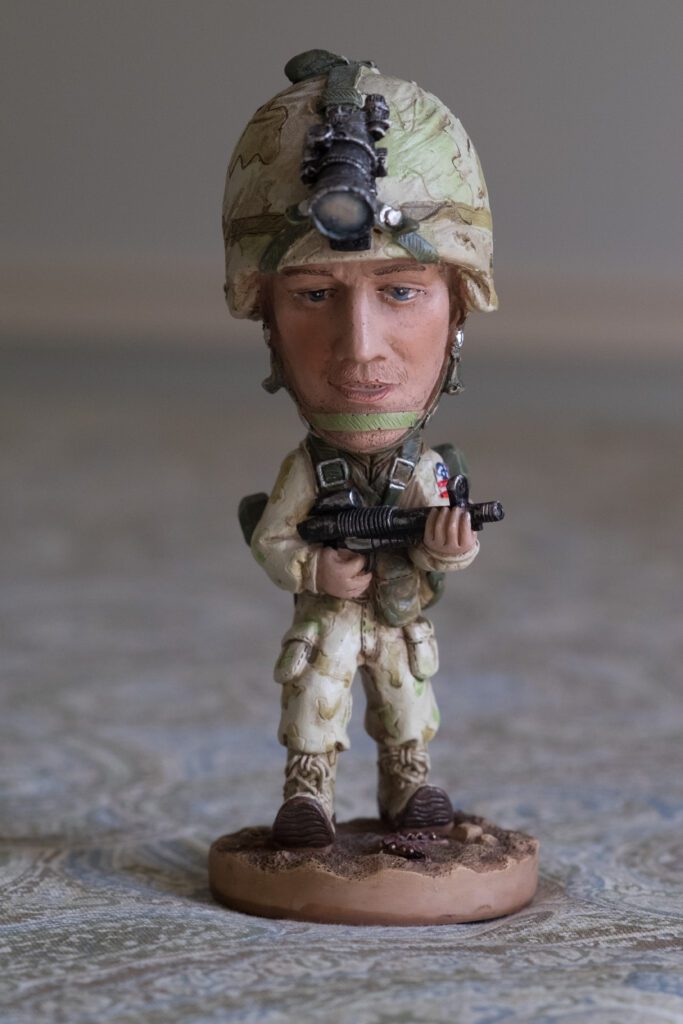
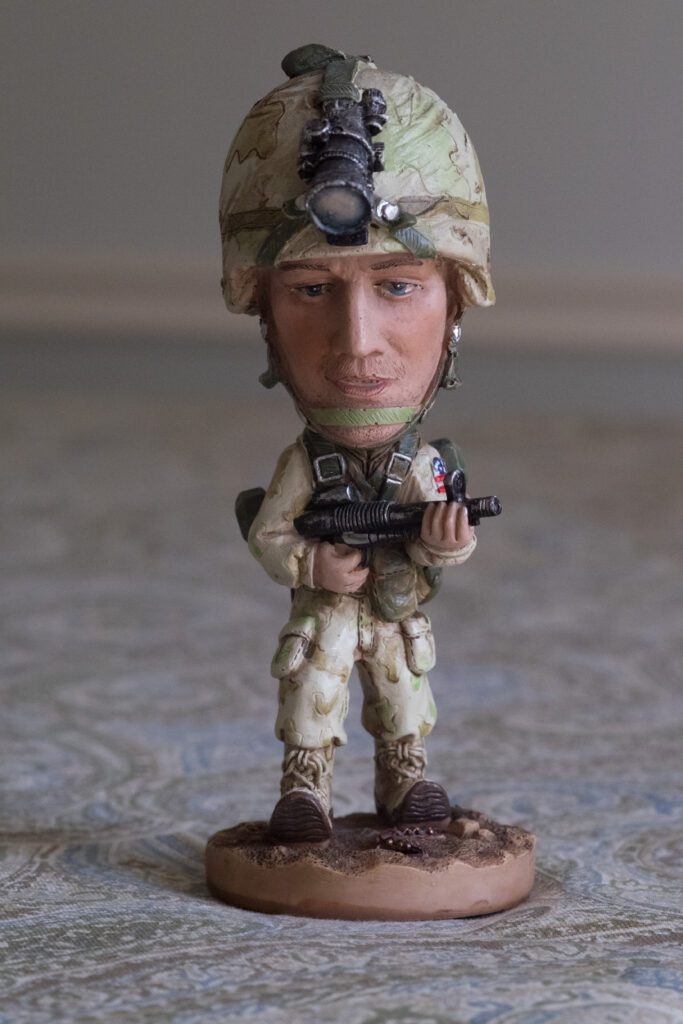
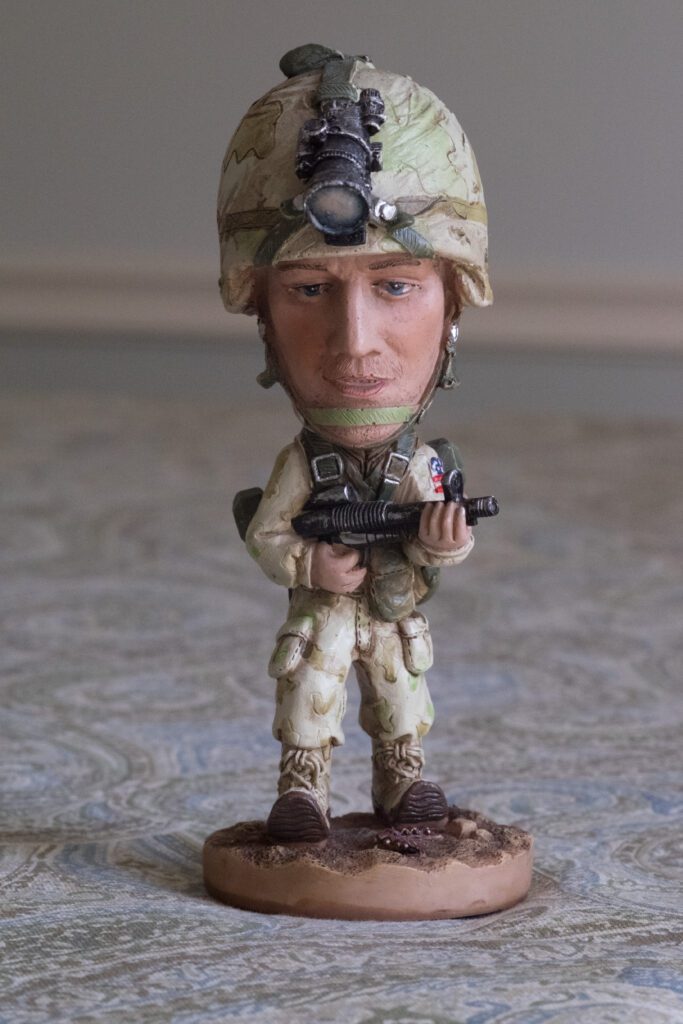
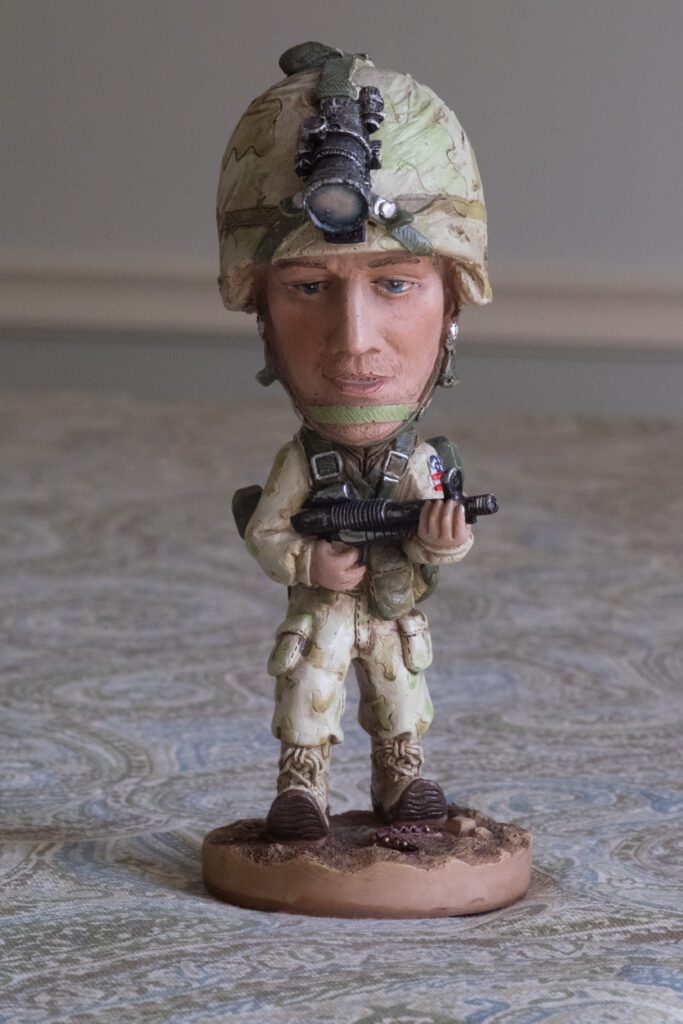
All were shot on tripod at the very closest focusing distance that the lens would focus on the eyes at ƒ/1.4. The only thing I changed was the aperture and the camera adjusted the shutter speed to keep the exposure the same.
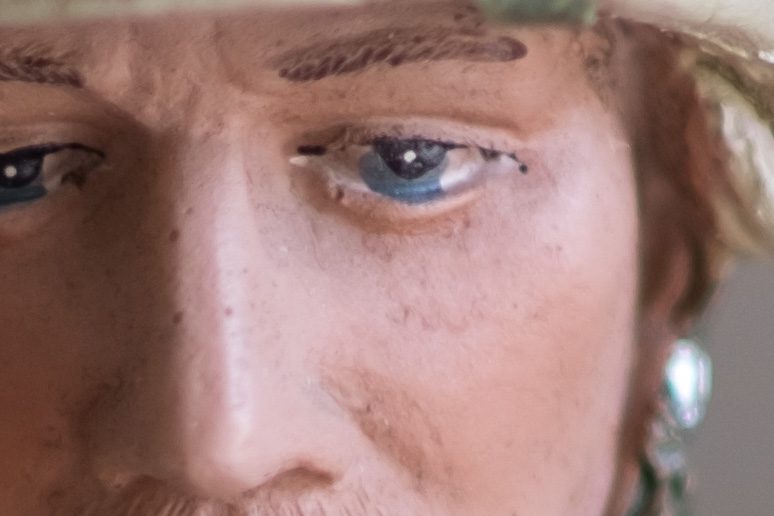
You can increase your depth-of-field by just backing up from the subject and this will increase it for you. Conversely if you want a shallower depth-of-field get closer if the lens allow you.When you are super close you are not looking for BokehMacro photography you are actually needing a large aperture or the photo can look out of focus even when it is in focus.All these were shot with Fujifilm X-E2, Nikon 60mm ƒ/2.8 Micro
